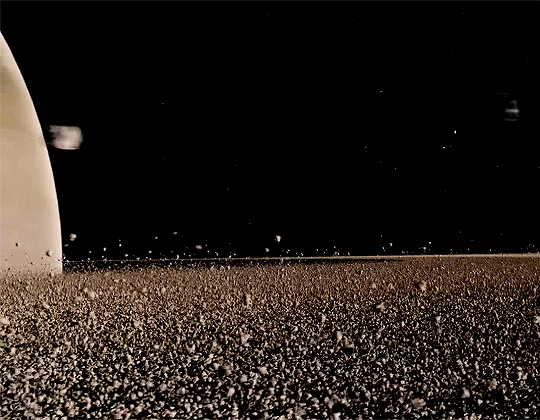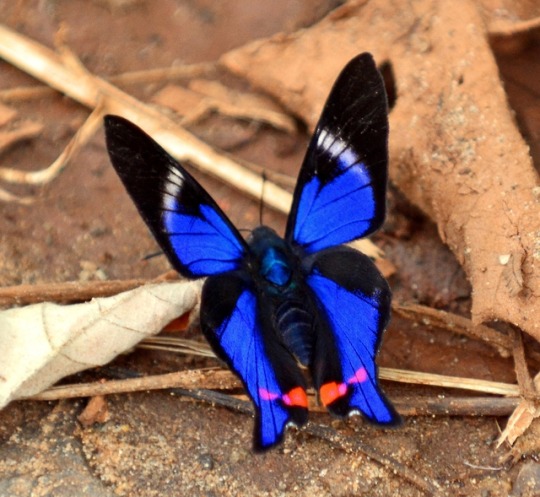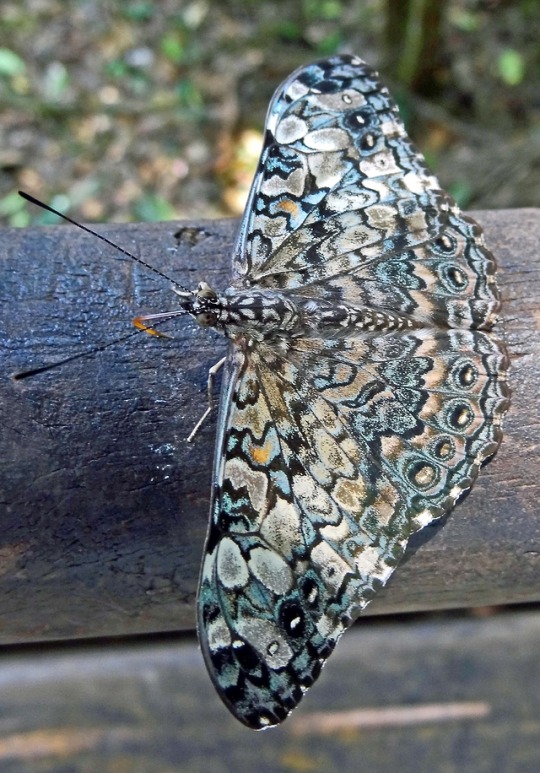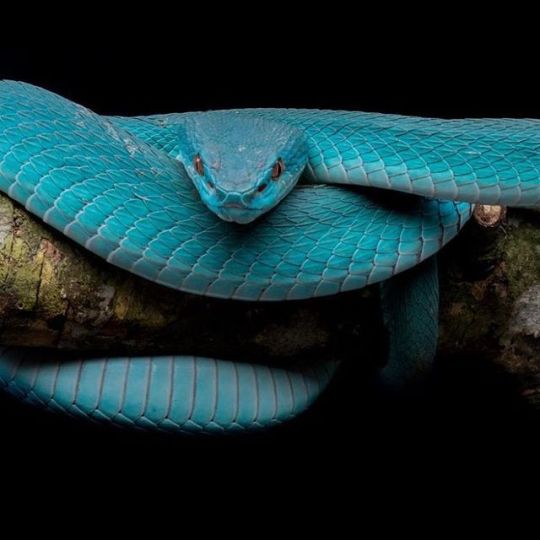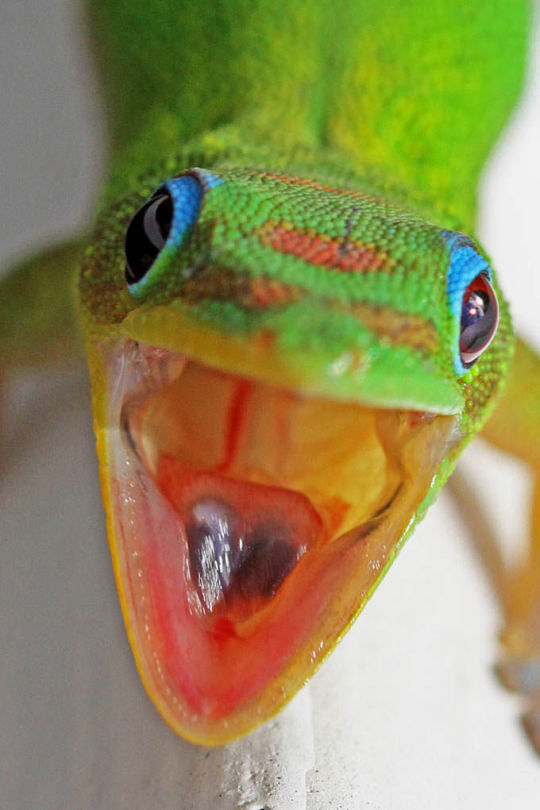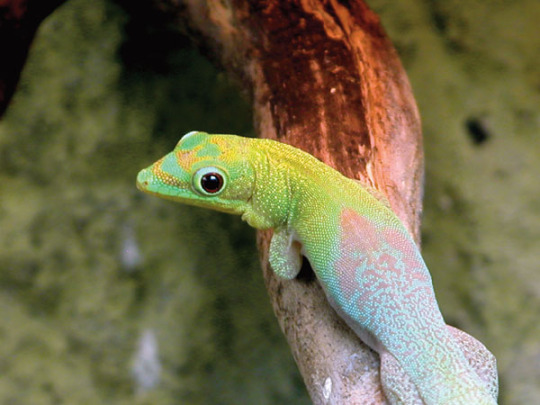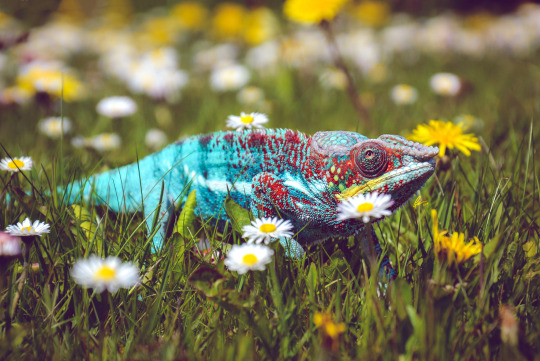Text
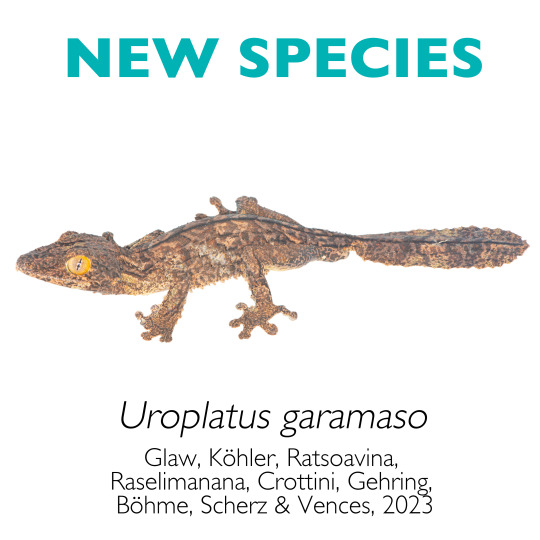
Meet Uroplatus garamaso, a new leaf-tailed gecko from Madagascar!
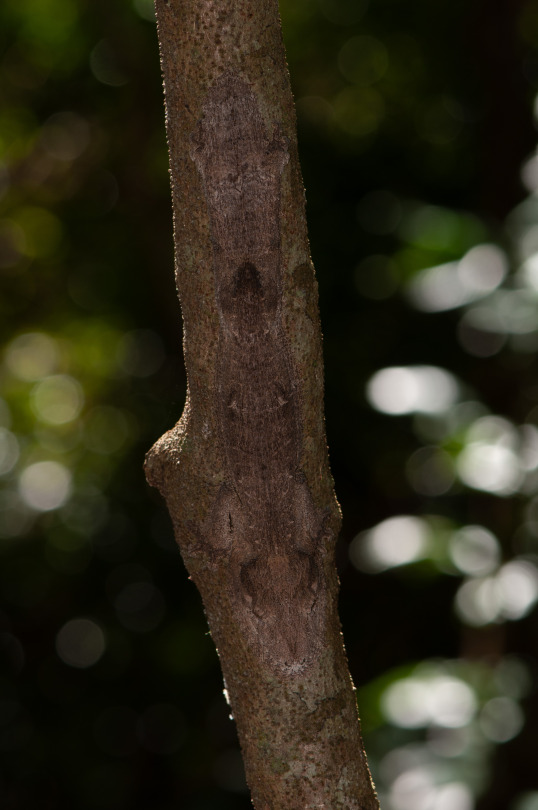

Uroplatus garamaso are absolute masters of camouflage. During the day, they rest with their heads down and fringes expanded, rendering them practically invisible. Here, I have revealed the outline of the gecko against the tree trunk. As you can imagine, that makes them pretty difficult to spot in the wild.
Fortunately, at night, they wake up and prowl the branches, and can often be found up to a few metres off the ground hunting for invertebrates.

This remarkable gecko has been known about for over 20 years, and has even been in the pet trade for well over a decade. But only now have we finally amassed enough information on it to be able to formally describe it and give it a name. The trouble was that it is extremely similar to Uroplatus henkeli, which is also found nearby. The key to distinguishing them turned out to be the colour of the eye, and the tip of the tongue, which is pink in U. garamaso (left), and blackish in U. henkeli (right).


These geckos open their mouths as a warning signal, so looking at this feature is quite easy. But we are not sure why the mouth colour so often differs between species. Some more behavioural studies are needed.
The new species was described on 15 August 2023 in the Open Access journal Salamanadra. You can read the paper here.
2K notes
·
View notes
Photo


THE SLOWER YOU GO THE BIGGER YOUR WORLD GETS! on Flickr.
its been a long hard winter for the bison, and its not finished for a good 5-6 weeks yet
HIKING Elk Island March 1 2015
my pics
84 notes
·
View notes
Photo


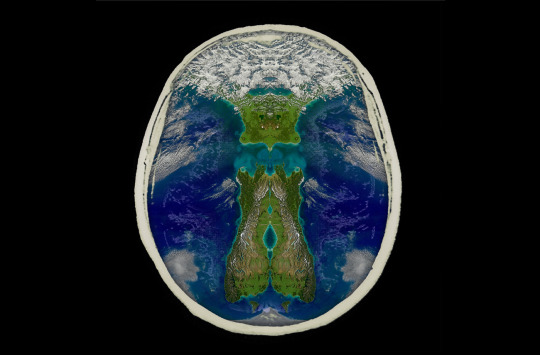



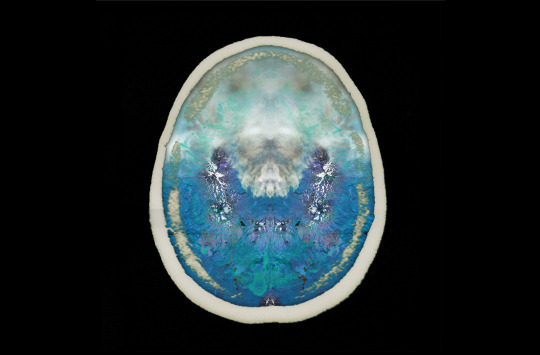

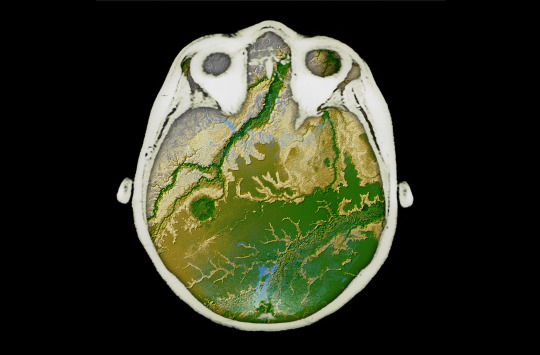
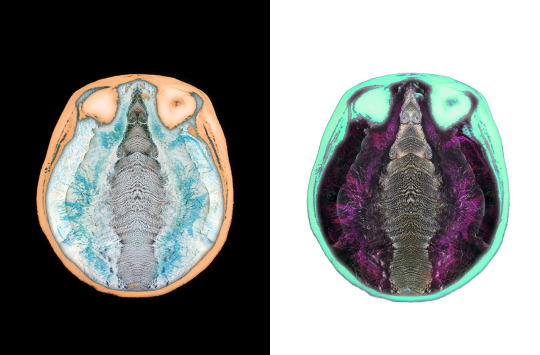
Brain Terrains
Brain Terrains is an ongoing body of work by Hanif Janmohamed. A wandering, quixotic expedition through the common visual lexicons of our human and planetary bodies – a reframe of our inhabitation across scale through mash-ups of medical and satellite imaging. Combining medical imagery – CT scans, MRIs, X-rays – and satellite imagery from NASA’s Earth Observatory project, the project traverses the uncommon commonality of our inner and outer geographies. Brain Terrains is a journey and exploration of the interstitial, liminal space and connective tissue of our psychogeographic formation.
1. Shanghai at Night-2, CT-SCAN + NASA-EO image (Shanghai, Eastern China)
2. Columbia Glacier, CT-SCAN + NASA-EO image (The Columbia Glacier, Prince William Sound, Alaska)
3. Turbid, CT-SCAN + NASA-EO image (Turbid waters, New Zealand)
4. A Chichon State of Mind, CT-SCAN + NASA-EO image (El Chichon, Mexico’s Chiapas state)
5. Cloud formations, CT-SCAN + NASA-EO image (Cloud formations over the Bering Sea)
6. Cortical Meander, X-RAY + NASA-EO images. (digital collage). Backlit Panel
7. Three Sisters, CT-SCAN + NASA-EO image (Three Sisters and Broken Top volcanoes, Bend, Oregon)
8. Missouri Mix, CT-SCAN + NASA-EO image (Missouri River, Eastern Nebraska)
9. Iturralde, CT-SCAN + NASA-EO image (The Iturralde Structure, Bolivian Amazon)
10. Bering Bearing - 1 (Diptych) MRI + NASA-EO image. (Cloud Streets over Bering Sea)
- by Hanif Janmohamed
1K notes
·
View notes
Video
This is not CGI. This is a real-life creature known as a sea angel (Clione sp.) hovering under ice in the White Sea, Russia. Credit: Alexander Semenov
(via)
45K notes
·
View notes
Photo
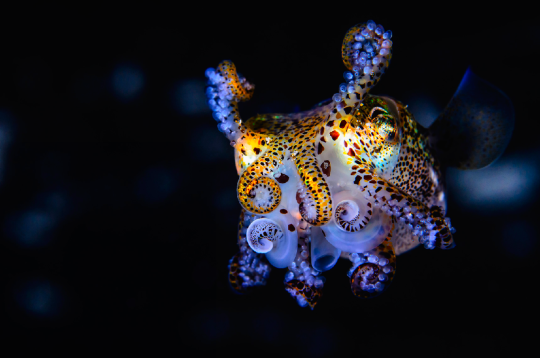

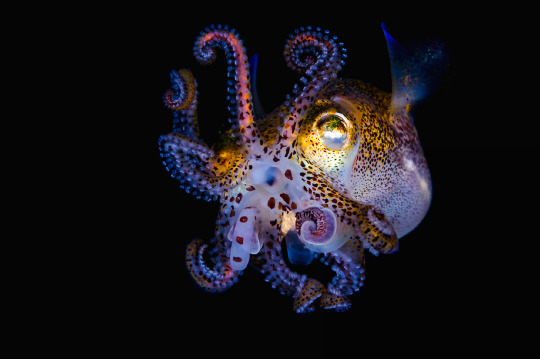
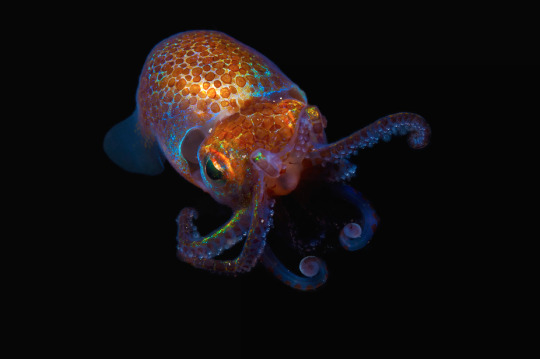
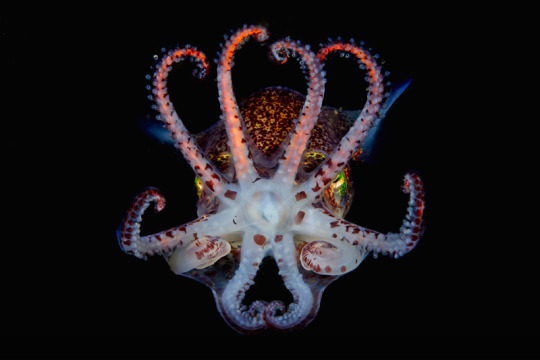
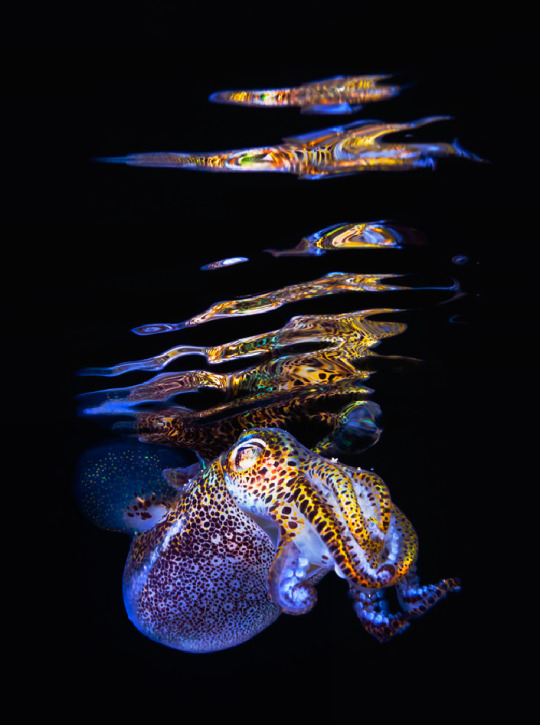
despite its colourful appearance, the hawaiian bobtail squid (euprymna scolopes) has the ability to render itself invisible to predators from bellow, thanks to a luminescent bacteria, vibrio fischeri, which inhabits a special light organ in the squid’s mantle.
the bacteria, which are fed a sugar and amino acid solution by the squid, produce luciferase, an enzyme that facilitates a biochemical reaction that produces light.
the nocturnal squid, who can control the amount of light produced by the bacteria, are able to ensure that they are not silhouetted when passing through the light of the moon or the stars by emitting an equal amount of light on their underside to that which hits them from above.
photos by mattias ormestad, jackson wong, jose martín piñatel, david slater, todd bretl
37K notes
·
View notes
Photo

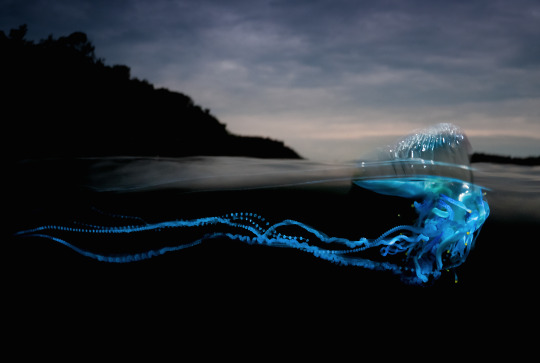
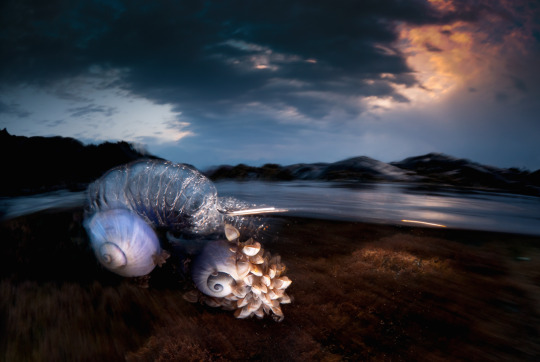
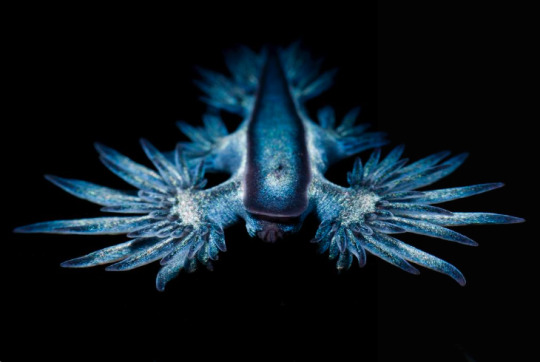

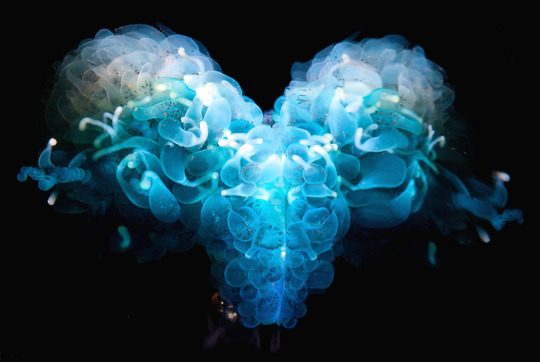
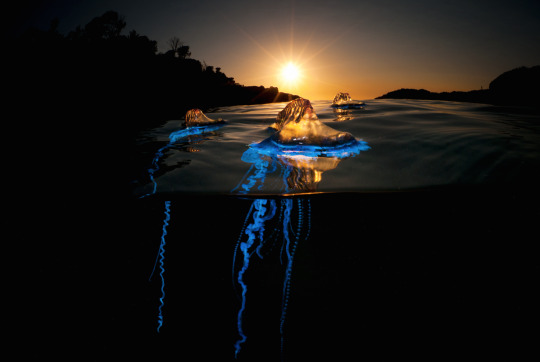

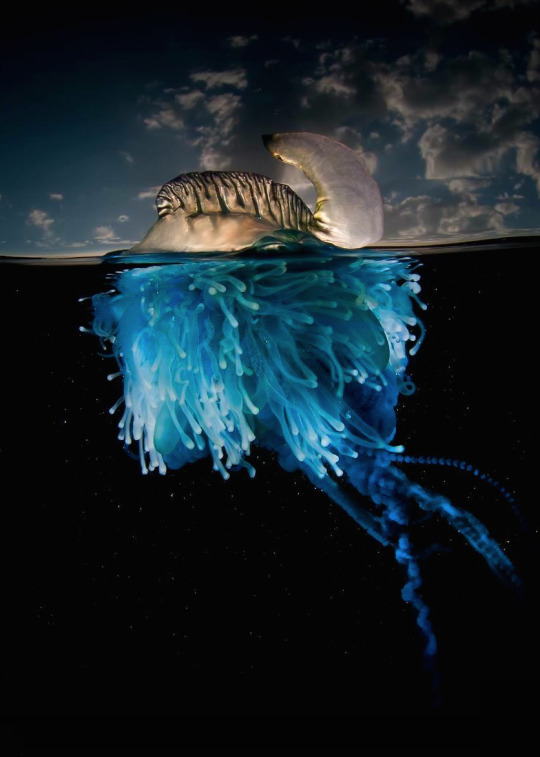
photos by matt smith from the Illawarra coast in new south wales of bluebottles, violet snails and blue dragons.
despite its resemblance to the jellyfish, the bluebottle is more closely related to coral. known as a zooid, the bluebottle (or portugese man of war) is a colonial animal composed of many highly specialized and physiologically integrated individual organisms incapable of independent survival.
the blue dragon – a type of nudibranch, here no larger than a thumbnail, with its own potent sting – is able to eat the nematocysts (stinging cells) of the bluebottle without discharging them and internally relocate them to the tips of each one of the fingers you can see in the pictures.
for their part, the violet snails also feed on the bluebottles.
notes matt, “despite their potentially dangerous sting, the bluebottle is an amazingly beautiful creature. with strong winds, hundreds of these cnidaria are blown into the bays around my home town and trapped overnight.”
this allows him to capture the above shots, which he creates with use of a fluorescent tube in his strobe light and a homemade waterproof lens dome.
33K notes
·
View notes
Text
I can’t stop thinking about crocodiles for some reason so here’s some cool pictures I found of probably the second largest one in captivity, his name is Utan:

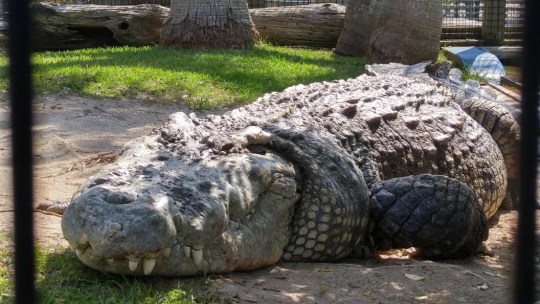
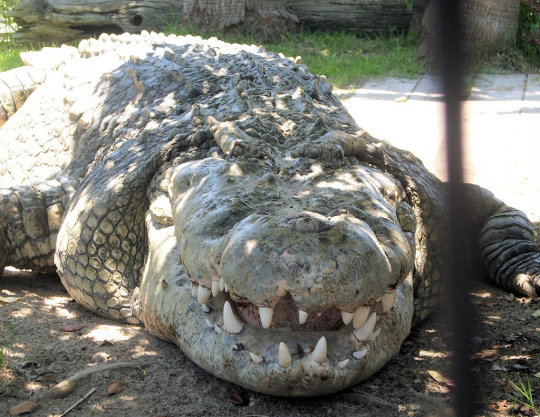

isn’t he beautiful
listen to the SOUND when he bites
youtube
and that’s not even a real power bite, that’s mostly just heavy bone falling on heavy bone from his jaws and the air rushing out from between them
210K notes
·
View notes
Photo

Ornate Day Gecko
Phelsuma inexpectata
Source: Here
670 notes
·
View notes
Photo

(Trimeresurus albolabris insularis) white lipped island pit viper
Komodo Island population
74K notes
·
View notes
Photo

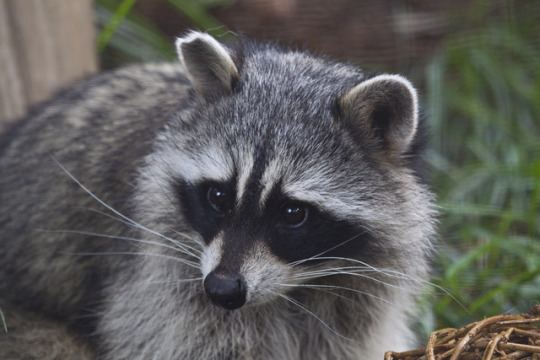

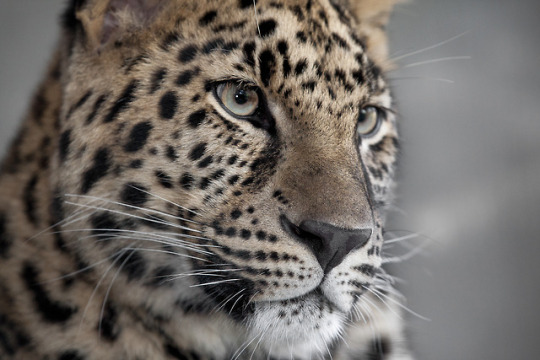


Which nocturnal animal are you? Take the quiz & enter to win an Inside Look Tour for 2 and a 1-night stay at Kings Inn San Diego.
742 notes
·
View notes
Photo

(via 35PHOTO - Нарчук Андрей - Портрет привидения)
599 notes
·
View notes


